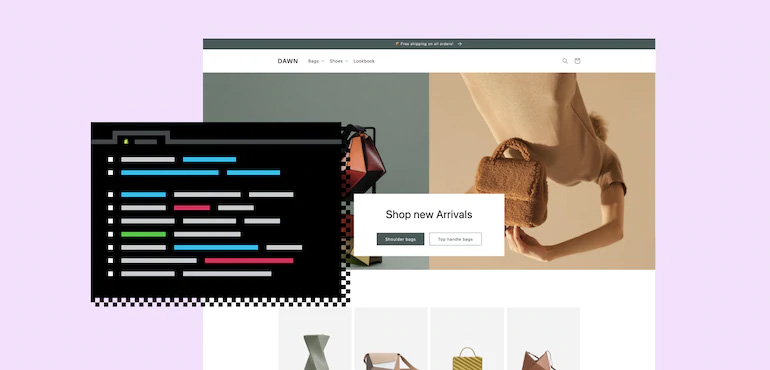
Let’s look into what the stats say:
- There are over 5,300 Shopify Plus Stores in 2021.
- Shopify retailers run over 1,000,000 stores in 175 countries.
- Shopify Platform’s worldwide sales have been estimated to be $200 bn to date.
- There are over 6,000 apps available on Shopify App Store in 12 different categories.
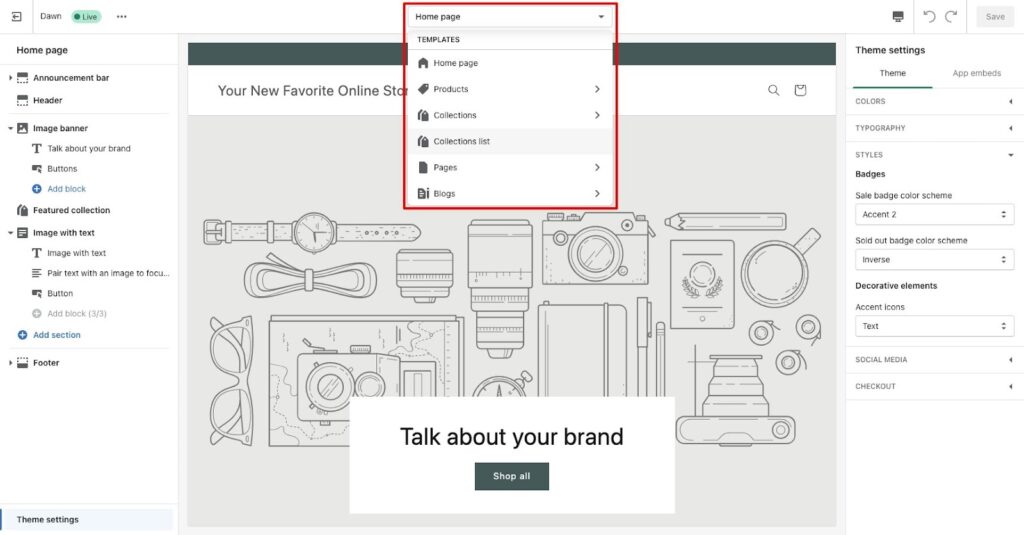
Shopify, one of the world’s greatest eCommerce platforms, was first introduced to provide the merchants with top-in-class features and let them achieve their business objectives without any hardships. From the numbers and data, it is already proven that Shopify has succeeded in helping merchants create memorable shopping experiences through the Shopify stores. With the aggressively growing number of eCommerce users, the number of eCommerce platforms has grown proportionally. The giant Shopify platform underwent multiple evolutions to allow its users to create stunning eCommerce stores that drive results. The limitations of the Shopify platform were overcome with the introduction of the Shopify Plus up-gradation. It provided the liberty to the merchants to seamlessly expand their businesses and customize the stores as per their business requirements.
About Shopify 2.0

Shopify and Shopify Plus platforms are performing exceptionally well in helping merchants with eCommerce solutions. On June 29, 2021, Shopify launched Shopify Online Store 2.0 through its Shopify Unite event. This latest up-gradation feature from Shopify Platform lets the merchants develop customized themes and applications through the new suite of developer tools. It provides merchants full control over their eCommerce websites, allowing maximum customization and quickly adding widgets. With Shopify 2.0, merchants can obtain better theme visualization, greater store customization, and collapsable sections for better content management.
Features of Shopify Online Store 2.0
To make eCommerce further better, the Shopify Online Store 2.0 comes with the following features:
Theme Architecture made flexible
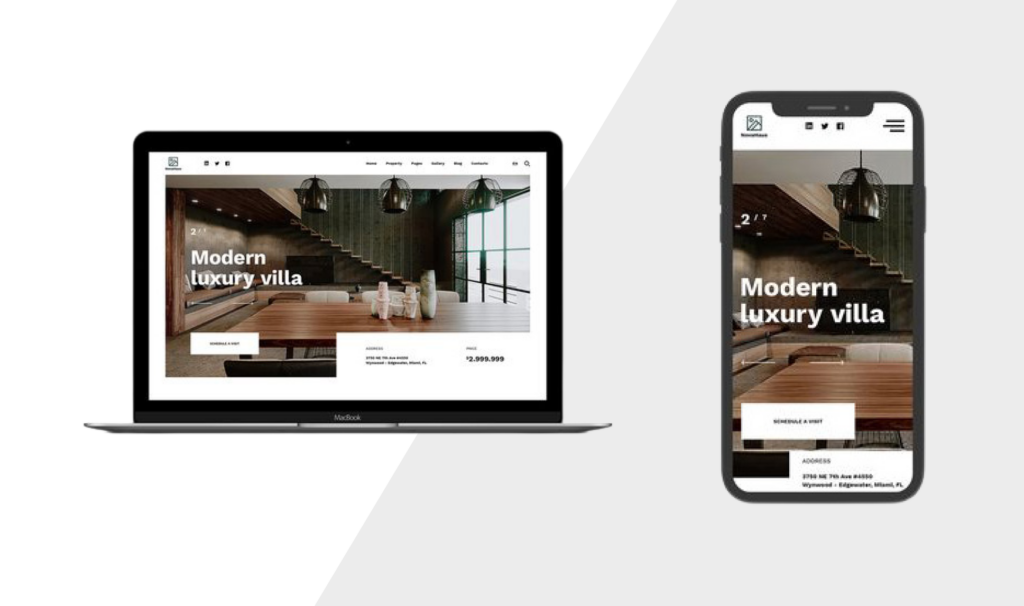
The Shopify 2.0 comes with a significant modification in the theme architecture. Previously, developers had to do multiple edits to the code to make any changes to the pages of the website. With Shopify 2.0 revolution, the merchants can add sections to all pages of the website and make each page look as engaging as the HomePage. Without much technical knowledge, merchants can highly customize every part of the website with greater ease.
Theme extension with App blocks

Previously, the developers couldn’t integrate apps with themes. They have to write complex code integration logic for existing themes. With Shopify 2.0, developers can add new features using the theme extensions.
App modularity with Shopify Online Store 2.0
The developers can add or remove any UI component using the theme editor without the need to access the code of the theme. Using the Shopify 2.0, easily manage the apps supporting purchases and host them on the platform.
Meta-fields
Using Meta-field, merchants can customize the Store functionality and appearance by attaching additional information about the products/pages or customer orders which is otherwise unavailable in the Shopify admin. With the introduction of a new theme editor in Shopify Online Store 2.0, merchants can add meta fields and properties without adding APIs or any form of coding. The highly customizable theme editor allows the merchants to easily add size charts, meta fields, media files, file pickers, etc. Any information that is missing in the store editor can be added to the meta field.
The meta-fields can be modified in 3 ways:
- Better Flexibility:
The meta fields have a highly adaptable input system for safely importing the store commerce data.
2. Standard Meta fields:
Using the standard meta fields, it is relatively easier for the custom themes to work across stores in different marketplaces.
3. Presentation Hints:
Add presentation hints to the meta fields and let the Storefront and Liquid API users display merchant data with less custom code.
Better Checkout
The checkout process is accelerated in Shopify Online Store 2.0 which allows stores to process thousands of transactions per minute. With over seven times the higher capacity, merchants can now add extensions with new features which are previously inaccessible. These changes work well with Shopify Pay thus providing businesses with the internet’s fastest payment system.
Developer tools
The most appreciable feature of Shopify Online Store 2.0 is that it comes with a suite of new developer tools. It includes Shopify GitHub integration, an updated Shopify CLI tool, and a theme check. These tools simplify the app and theme development process. The Shopify GitHub integration helps the developers to easily track and manage changes through the synchronized GitHub repository. The Theme check features scan the themes against errors and provide uninterrupted service to the users.
Shopify CLI

Earlier, the developers used this CLI tool to generate Node.js and Ruby on Rails apps. With Shopify Online Store 2.0, the CLI tools have been updated. Now the developers can create, and track changes to the themes. The themes can be published using a command line. Generally, the developer themes are hidden and temporary, preventing the visitors from viewing the hidden themes. The Shopify CLI helps the merchants create a theme within the store and reuse it whenever required. Using the development theme, the merchants can view changes to the theme in real-time, interact with them and customize using the theme editor. The CLI tool offers full control of how the final theme is displayed.
Theme Check
It is a Liquid and JSON language that evaluates the themes for errors. It integrates with Visual Studio code and helps in identifying the most common errors such as performance errors, loose syntax errors, etc. once the errors are identified, you will receive a message from Shopify to assist you in fixing those errors.
Get a Treeview of the Page Content
The developers no longer have to juggle multiple sections of the website to make changes on particular pages. With the latest treeview feature from the new theme editor, the developers can select pages directly from the sidebar and start making changes. They can effortlessly navigate through the pages and also reorganize the pages with a simple drag and drop editor.
Improved Performance with ‘Dawn’ architecture

In the previous version of the Shopify platform, the retailers have limited blocks on the store website. The templates available are mapped to various products and the addition of new sections was possible only on HomePage. But, with the latest launch of Shopify 2.0, the Shopify merchants can create new sections on every page, unlike the previous version. The templates can be activated using the JSON template files which specify the setting of every page. Shopify’s latest reference theme, Dawn, loads 35% faster than the previously available reference theme Debt thus improving the site loading speed. The theme binds together all the latest features in a new update and lets the merchants create the greatest browsing experiences.
Do you want to take full advantage of the latest Shopify Online Store 2.0 feature? Contact us to learn about our Shopify web development services for their users.
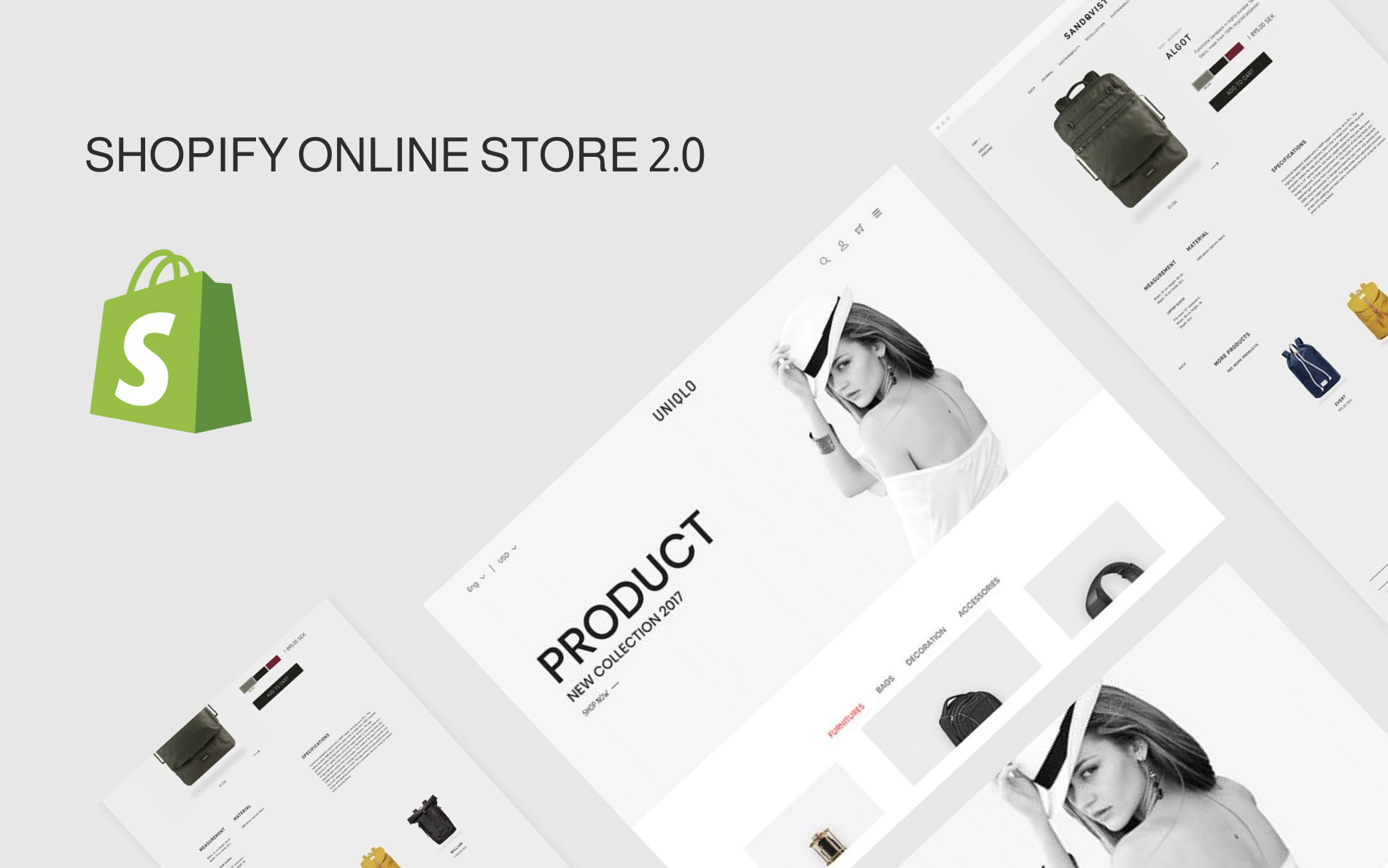


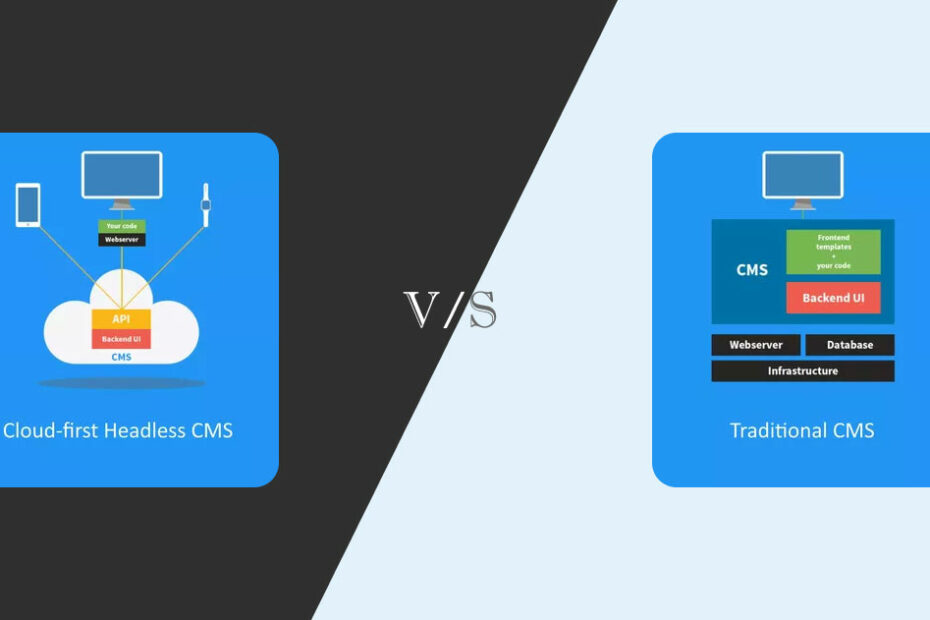
Leave a Reply